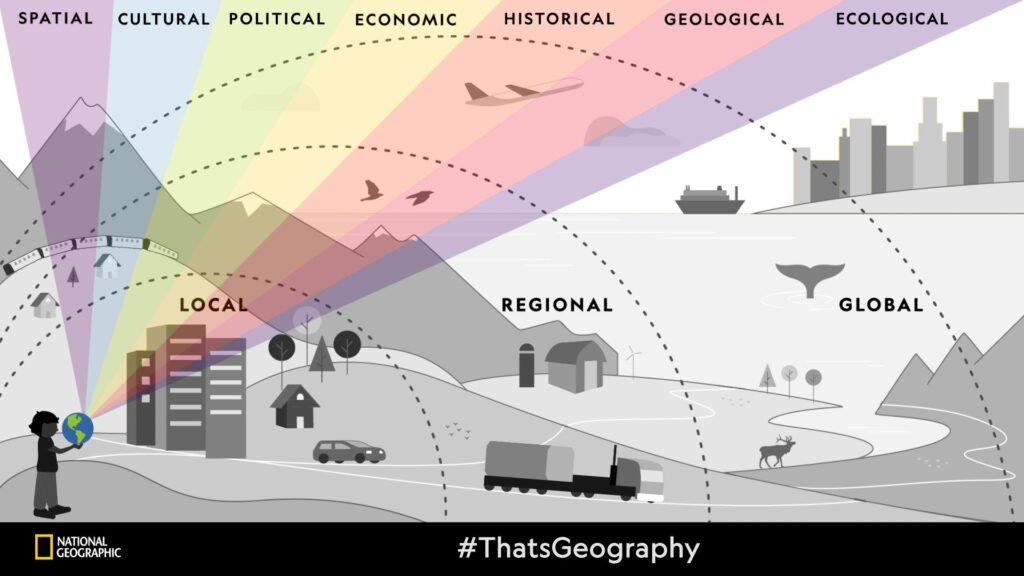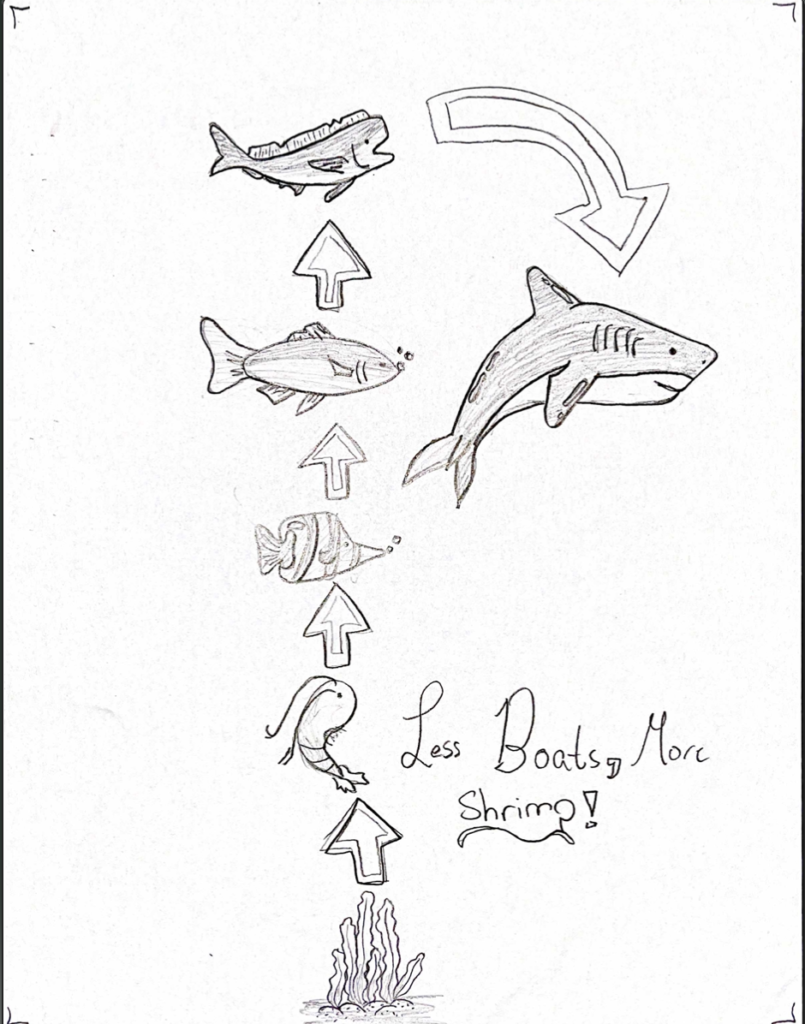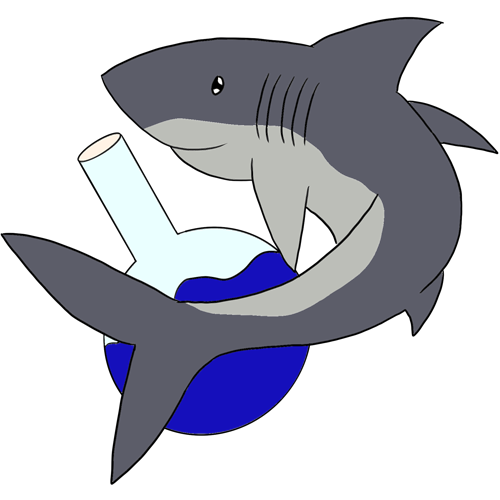For the past 3 months I have been working on an educator certification through National Geographic. Starting with the basics I learned about this certification through a classmate of mine who was doing some work in informal education and thought it would be a fun way for me to learn how to incorporate some new ideas into my lessons. I did this certification concurrently with my spring semester classes which helped me significantly! I loved being able to apply what I was learning both into my work for my degree and for this certification.
The biggest idea I learned through this certification was perspectives of learning and how to apply new, interesting perspectives to lessons. This works in two ways: thematically and geographically. Thematically there are 7 different perspectives one person could use to work more in depth in a lesson: spatial, cultural, political, economic, historical, geological, ecological. These themes are great for building concepts as more than just one idea, you can really show how these ideas are related to other aspects of our lives as humans. My assignment was based more around the ecological aspect with some discussion about economics which worked well with my lesson which was centered around food webs and human impacts.

From the geographic side I used local organisms and ecosystems to discuss how we can impact the natural order of things. I loved using the local perspective because it gave the students a look into their own communities and what they, personally, could do to help. As fun and interesting as it is to discuss all of the new and intriguing parts of a global ecosystem, talking about local ones really ties back into what THEY could do to help keep the systems in their area in line.
Another great idea I worked with was the National Geographic Learning Framework. These frameworks centered around three ideas: attitudes, skills, and knowledge. I worked with eighth graders for this project which was great because they are still learning and may not feel quite as confident in their knowledge yet so they ask lots of questions and have many great ideas. For my assignment I chose responsibility, problem-solving, and wildlife and wild places (with a touch of human journey) to build my lesson around and evaluate their responses. My lesson centered around reviewing food webs, learning about their local ecosystems, learning how humans interact and impact those systems, and finally putting it all together in a propaganda style poster that shows what they learned about their local systems.
Overall, working with the eighth graders was wonderful, they were attentive and smart and once they opened up they asked lots of questions about other aspects of the local ecosystems and confirmed various ways we could be interconnected with the animals that live around us. One of my favorite comments was discussing osprey and how they have interacted and changed based on human behavior. For example: building their nests up on telephone poles and highway lights instead of in large trees. These kids were smart and so excited to be learning about how they could help keep the wild world a better place.



